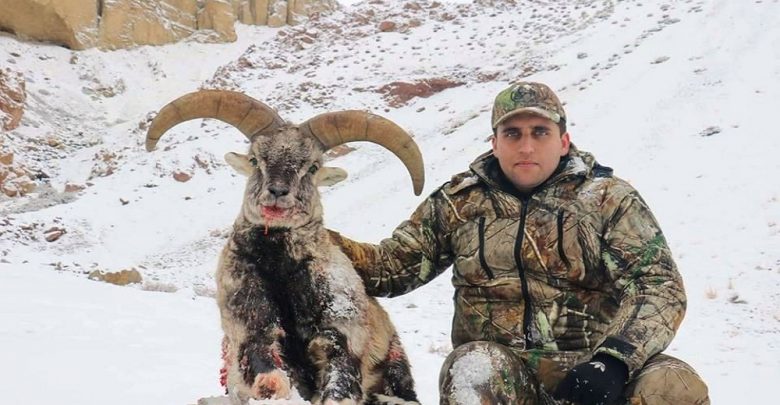Trophy hunting in Gilgit Baltistan, Pakistan

The government, though has already imposed restrictions on trophy hunting in Gilgit Baltistan of wild species but they could not control because of wide range mountains and low game watchers.
Humans have always proved to be a great threat to the lives of many of these absolutely gorgeous wild animals and birds for their meat and skin. Ibex fall prey to the victim for their meet while snow leopard for its skin and brown or black bear because of their special body organ to be used as medicine.
Although the practice of hunting which was continued since the beginning of a human settlement on a low scale because at that time the people used local shaped weapons for hunting.
But with the passage of time, the number of Trophy hunting in Gilgit Baltistan, Pakistan of wild animals increased when modern weapons replaced the old and low range locally shaped guns. Thus the number of these precious wild animals started to decrease speedily.
While there were the least forests in the mountains of Baltistan, different kinds of wild animals still lived there. The Himalayan Ibex, mountain sheep, snow leopard, wolf, brown and black bear, fox, marmot are among the popular wildlife species.
Likewise, the famous birds living here are, snow cock, pheasant, owl, pigeon, eagle, vulture, sparrow, magpie, and many others.
Once there used to be a flock of Urial grazing artemisia on the hill of Kharpocho located in the heart of Skardu and people used to gazing at them from Skardu bazaar or from the roof of their houses during winter, but what a pity that these Urials were also hunted by men and cleaned them up from Kharpocho hill.
Similarly, some three decades before there used to be a number of mountain sheep with large curved horns on the mountain located between Thagas Valley Masherbrum and Ghursey villages. Unfortunately, the cruel hunters also killed them all only for their meat.
The government, though has already imposed restrictions on trophy hunting in Gilgit Baltistan of wild species but they could not control because of wide range mountains and low game watchers.
Keeping in view of the worsening situation of the ibex, the wildlife department in 1992 formed conservation committees with the help of local communities and introduced controlled trophy hunting in Gilgit Baltistan.
This strategy proved to be successful to preserve the precious species of Ibex, Kel, Urial, Shafo, Tchura and Musk Nafa lived on the mountains of Baltistan and their number started to be increasing again.
That was the reason that during winter season ibex don’t hesitate to come down to the village and as they have got a friendly atmosphere with humans. Hushe and Astore have become most popular for trophy hunting in Baltistan as the number of ibex in that region have rapidly increased.
Trophy hunting fee in Gilgit Baltistan, Pakistan
According to this strategy, the fee of trophy hunting for Ibex or Kel fixed by the wildlife department and local conservation committees are as under:
| The license fee for locals | Rs 5000/- |
| The fee to be paid at the eve hunting for locals | Rs 65000/- |
| The fee to be paid at the eve of hunting for non-locals | Rs. 165000/- |
| The fee to be paid at the eve of hunting for foreigners | US $. 76500/- |
Read also: Gilgit Baltistan: A majestic land of hidden valleys
